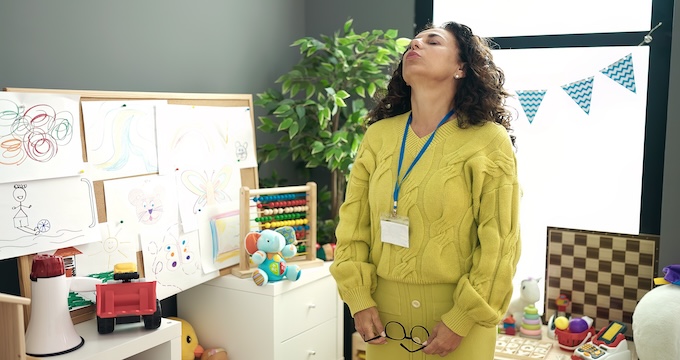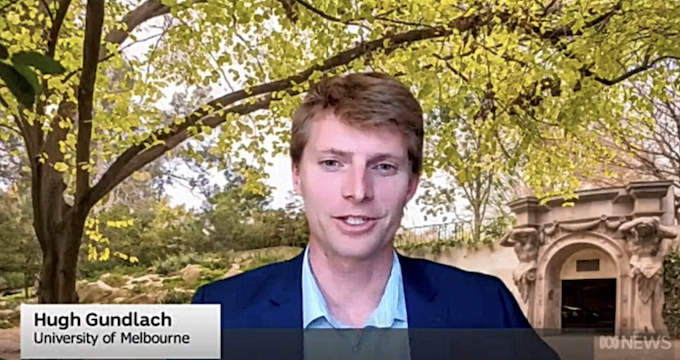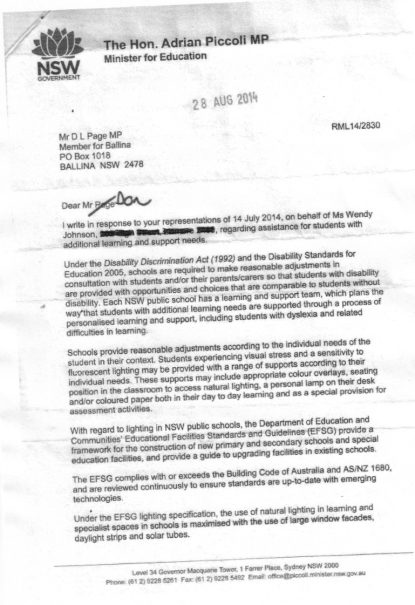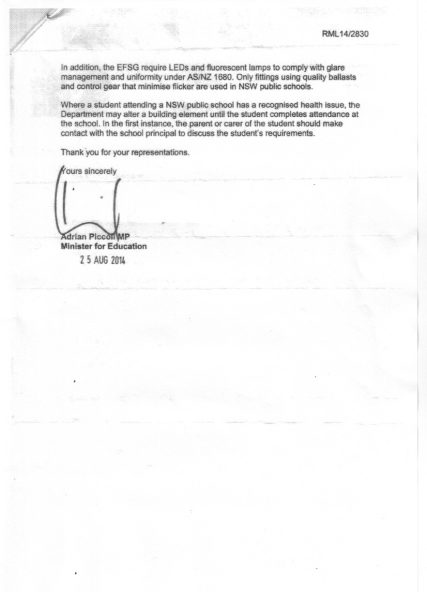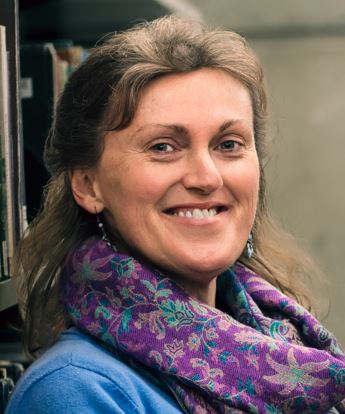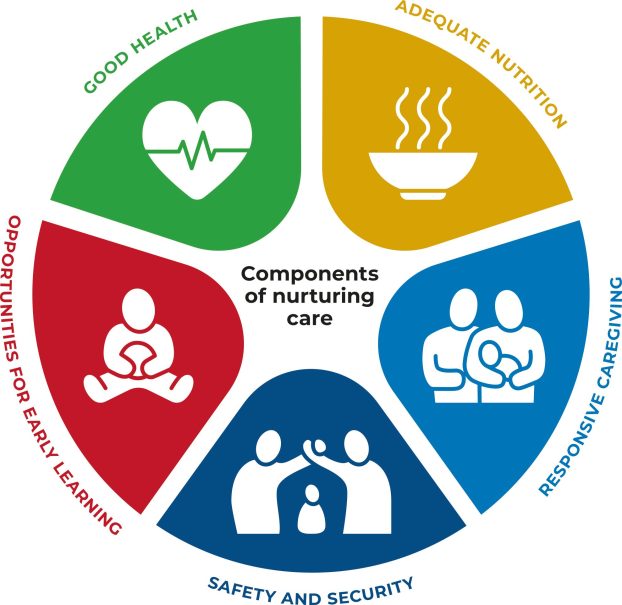The Federal Government’s “good social and educational policy, and even better political move” of a fully funded pay rise (worker retention payment) for the early childhood education and care (ECEC) sector becomes the latest example of the continued oppressive workload and undervaluing of the ECEC sector in Australia.
The worker retention payment
In August this year the Albanese government announced it would be providing a fully funded 15% increase for the ECEC workforce implemented over two years – and that will function as a grant. Early conditions shared by the government included a fee growth cap of 4.4% to ensure that families did not incur further fee increases to support wage increases.
Other details would come much later.
Guidelines and applications opened last week for a grant payment through the Department of Education (DoE) and Grant Connect.
Here’s what we understand about the grant so far:
- The first pay increase of 10% must be passed on to eligible employees. The 10% cannot be manipulated for any employee who is already paid above award.
- Eligible employees are those paid under two approved awards – the Children’s Services Award 2010 and the Teachers Award 2020. Trainees paid under other awards are not eligible for this pay increase.
- The amount of grant monies each service receives is based on gross labour costs detailed in grant applications. These are then applied to each service’s weekly child care subsidy submission hours. The government are yet to release a fully explained formula for payments.
- Each employer must provide a Fair Work approved workplace instrument with their grant application; for example, an Individual Flexibility Arrangement.
Full details of the Worker Retention Payment can be found on the Department of Education website.
Complications of gendered undervaluation
The Fair Work Commission is currently undertaking a gender undervaluation review case with results due mid-2025. Following on from the decision from the review of the Aged Care Award 2010 etc, the Children’s Services Award is currently being considered in this case. The decision from the previous review noted:
The basis upon which the ERO (equal remuneration order) rates were determined closely parallel the work value reasons upon which we are proceeding in this matter: the high female composition of the industry in question, the significance of the work being ‘caring’ work, the disguising of the level of skill and experience required to perform the work, the gender-based undervaluation of the work, and the need to remedy the extent to which assumptions on the basis of gender had inhibited wages growth.
A substantial increase is well overdue
This decision justifies the benchmark rate fixing process for the Aged Care Award and is highly reflective of the gendered composition and undervaluing experienced in the ECEC sector. A substantial increase in wages is well overdue and the latent expertise of the skills and value of the sector need to be heard. However, there are serious financial implications for services that opt in to this grant before the gender undervaluation decision has been made.
If a service has opted in to the grant and the outcome of the gender undervaluation case results in a well-deserved increase in the Children’s Services award – services will not be able to increase fees to cover the wage increase beyond the 4.4% cap.This will place many services, particularly small ones, under great financial strain.
The disconnect
The disconnect between what is being decided should happen for the ECEC sector and the means to which it is being implemented is alarming. Complex industrial relations and financial decisions need to be made by providers. Furthermore, Approved Providers and/or Directors will be responsible for administering grant monies, reporting usage and researching, paying for or writing workplace instruments to meet the conditions of the grant.
State and Federal governments are fully aware of the complex and diverse nature of the ECEC sector. The vast differences in ECEC service budgets, licensed numbers, business structures and contexts within more than 17,000 services in Australia is widely understood. Yet little consideration appears to be given to the continued impact of how partial remedies to gender pay inequity are being implemented.
It is clear that small centres of either private or not for profit nature, will experience heavy burdens associated with the administration, financial, mental, ethical and emotional load of the grant’s implementation.
Posing questions about problems
Can we afford this grant? What other costs will require fees to rise more than the capped fee growth of 4.4% allowed under the grant terms? Will the grant continue beyond the projected two-year timeframe? What will happen if we become ineligible for further payments but have binding workplace instruments to continue paying above award rates? Will we lose our team if we don’t opt in to this grant to offer them higher wages? Will we lose families if we increase fees to cover a self-funded 10% pay rise? How much wage related on costs such as superannuation, workers compensation, leave entitlements, payroll tax will be covered by the grant? How will our budget afford 10-15% above award costs when we are closed for public holidays, two weeks at Christmas and New Year when we cannot submit CCS hours?
Pay rise of the oppressed
These practical and rational questions about a political action ostensibly designed to lift the value and living conditions of the ECEC workforce, asserts further notions of oppression by systems of power over our sector.
As the decision in the Aged Care Award suggests, the skills and experience of care work is disguised based on gender. So too is the overly complicated nature of the grant. It disguises continued mistrust and undervaluing of the ECEC sector by the government. This mistrust and undervaluation reinforces that ours is a sector bereft of true professional autonomy and agency.
Freire’s notion of a critical pedagogy encouraged the oppressed to problem pose about their experiences to transform themselves from oppression. The fact is our sector is truly oppressed by neoliberal ideologies that value education as financial, human capital-based outcomes rather than democratic and ethical ones. As Freire maintains, it is necessary to admit that oppression exists and locate what that oppression is, for liberation to be possible.
Crumbs of progress
The reality of the ECEC sector is that we are so oppressed by these systems that even when the oppressive discourses transform into promises of better conditions with great uncertainty, the oppressive powers condition us to accept, navigate and move on. We lower our expectations and continue to accept higher workloads and bad deals for ourselves. The cycle of oppression goes around and around as we accept crumbs of progress from disingenuous and politically motivated offers. How do we heal from internalised and externalised oppression? How do we do this whilst holding on to our ethical and democratic beliefs that our workforce deserves more than the uncertainty of a temporary fiscal stop gap to hold the crucial ECEC system in place?

Melissa Duffy-Fagan is the owner and approved provider of a ECEC centre in Lambton, Newcastle. She is a sessional academic at the University of Newcastle. Her doctoral studies, completed in 2023, explored the themes of leadership, professional identity and quality policy. Find her on LinkedIn.




